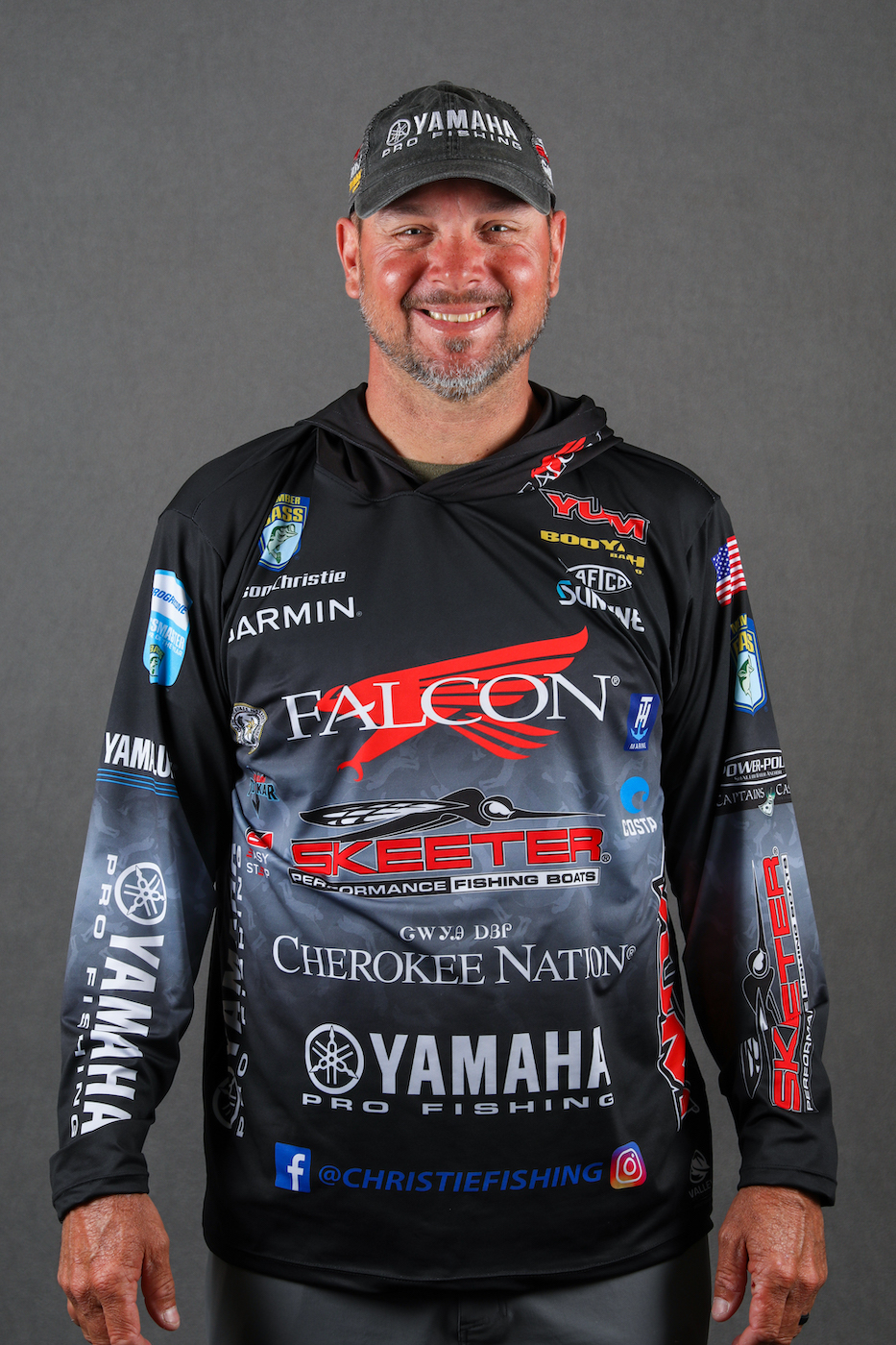Now that we have those Labor Day cookouts behind us, we’re heading into one of the year’s key transitional periods – the change from summer to fall. It seems that people start to shift their focus during this changeover and you can bet that bass do the same.
One of the things that I expect in this general time frame is that bass tend to not relate to structure as much. It’s all about the bait. In the summer, I may be looking for underwater structure, whereas now, the bait is the key element that I’ll plan my day around.
This is such a big deal in the fall that if I go into a creek and I don’t see bait, I don’t stay long. The fish are starting to feed up for winter and their primary focus is finding their next meal. The funny thing about it is how irregular the fishing can be. You have to remember that those bait schools are constantly moving and the bass move with them.
You can fish a spot one day and not get a bite, but fish the next day and catch a bunch of fish. The difference is that the bait was there one day and not the other.
September can be an unsettled month, as the seasonal change is taking place, but this can be one of the best months for schooling fish. Late fall, October and November, can be awesome for numbers with a few quality fish mixed in. It seems like you start catching bigger ones later in the fall and they start getting more predictable.
Once this happens, I’ll start each day by trying to find the bait and then spreading out and to see what the bait is relating to. For example, a lake like Guntersville can be overwhelming, but if you can find the habitat where the bait is holding, you’ll find the fish.
Just remember that even when you find where the bait is holding one day, you’ll probably have to look for it again the next day. For example, you may find the bait all the way in the back of a creek one day, but it might move all the way out to the mouth a day later.
Another thing I’ve noticed about the fall season is that the fish will become more interested in feeding later in the afternoon. There’s almost always a good daylight bite, but particularly later in the fall, you’ll also get a good afternoon bite because the bait gets more active with the sunshine and the bass respond to this.
So, if I had to pick my favorite fall baits, I’d break it down this way:
Heddon One Knocker Spook – I really like this bait on rocky lakes without much grass. I look for schooling activity, but even between active periods, I know there’s fish in the area. I can usually get that early morning bite and also that afternoon bite with a pearl shad colored spook. Smallmouth love this bait and I look for lots of bites in the first couple of hours. After 9 a.m., my bites usually decrease, but the quality definitely increases.
Xcalibur XCS 100 Squarebill – If I can’t spot the fish, I’ll run this bait in foxy shad down windy rocks, around stumps and past laydowns. In September, the wind can really help you because the shad are spending a lot of their time up in the water column, so the wind really pushes them around.
Booyah Pad Crasher – On a river system, I like to target shallow logs, stumps and grass with a leopard frog pattern. The white belly is the key because it resembles the shad that bass are chasing. If the water’s dirty or if it’s windy and I need to get their attention, I’ll use the popping frog, but in higher visibility I go with the traditional frog shape because I don’t want to attract much attention until the frog is right on them. I don’t want them to have time to examine the frog – just react to it. Now, even though I have my favorite baits, fall – especially early fall – can be really heavy on the junk fishing. Until the fish settle into their seasonal patterns, you just have to keep trying baits until you find something they’ll eat.
In September, I usually have quite a few rods on my deck – probably more than any other time of year.
The fish are so scattered you have to fish so many different depths. The good thing is, when you find them, they’re usually around the bait and they’re usually chewing.





